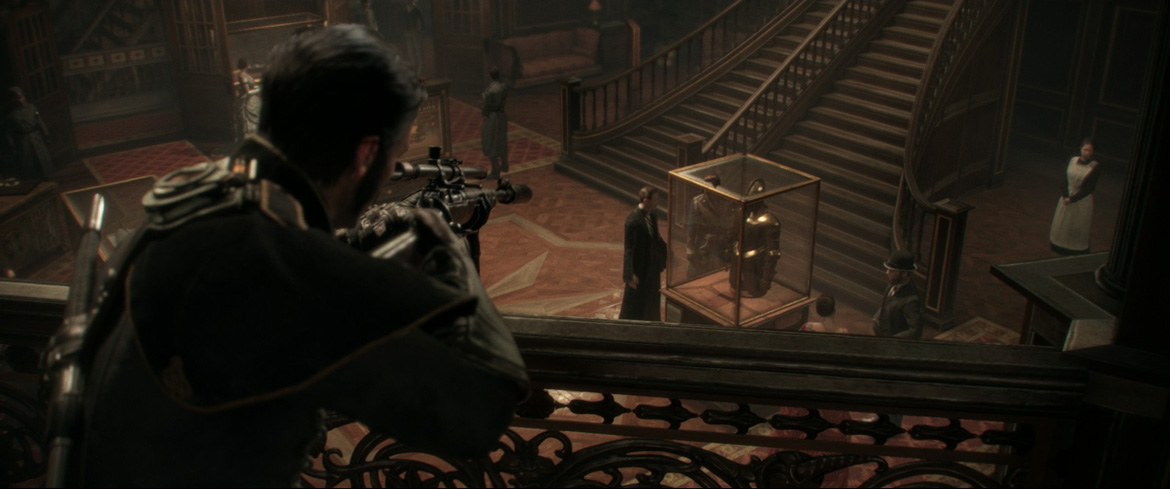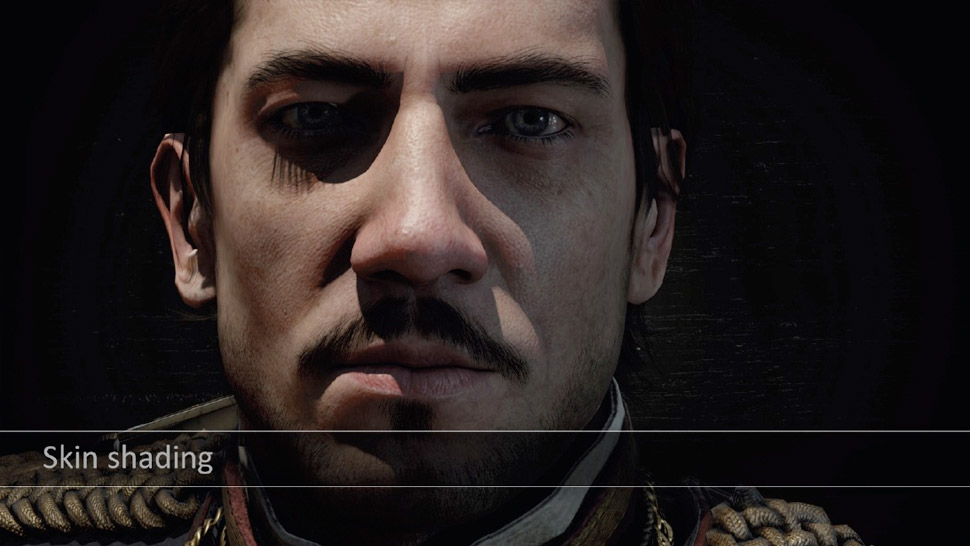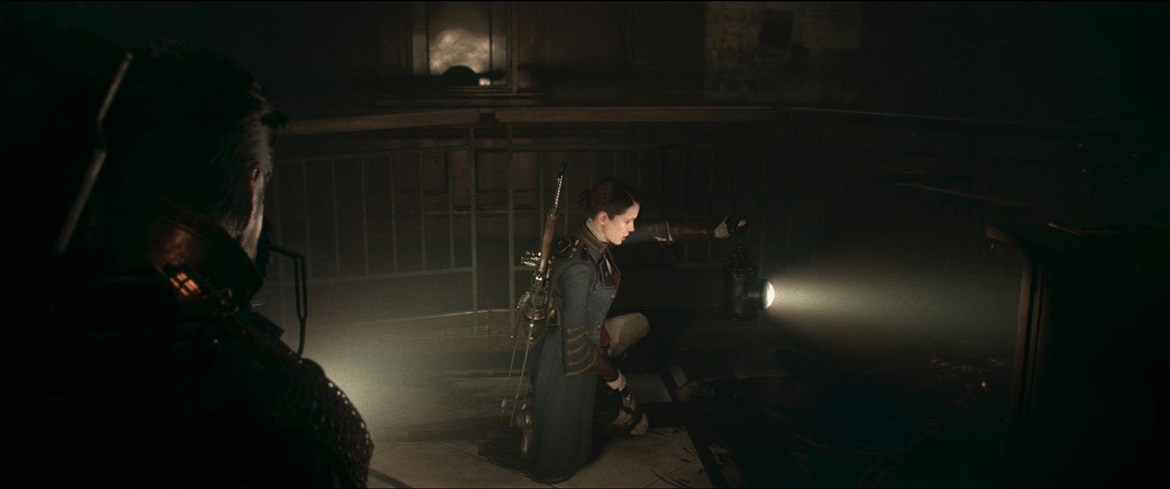TL;DR
The Order: 1886 dazzles with stunning, next-gen visuals and a compelling steampunk London setting, blending knights, rebels, and mythical creatures. However, beneath its cinematic presentation lies a shallow gameplay experience. Expect familiar cover-based shooting and lots of Quick Time Events, but little exploration or replayability. While the story is intriguing, the game's short length and lack of depth make it feel more like a tech demo than a full-fledged adventure. Want to know if this visual marvel is worth your time and money? Dive into the full review!
The Order: 1886 has arrived on the PS4, promising a visually stunning and exclusive next-generation experience. While the presentation is exceptional, the crucial question remains: does the gameplay deliver?
London, 1886. Set in a steampunk reimagining of the city, players are thrust into a conflict between The Order, Queen Victoria’s elite knights and a secret society of warriors, and rebels in Mayfair and White Chapel, who wield seemingly supernatural powers. The premise of Ready at Dawn’s flagship PS4 title bears a resemblance to the TV series Penny Dreadful, drawing from familiar cultural touchstones such as Jack The Ripper, Arthurian legends, werewolves, cyberpunk themes, and zeppelins. These elements are interwoven into an action-adventure game that aims to redefine console graphics. However, the core gameplay experience warrants closer examination.
After an extended introductory sequence depicting our protagonist, Sir Galahad, narrowly escaping torture and death, the narrative shifts back to the story’s inception. Players familiar with the Uncharted series or Assassin’s Creed will find the mechanics immediately accessible. Galahad can walk, run, jump, shoot, and interact with specific objects. The game progresses at a deliberate pace, with a significant portion of the initial hour dedicated to Quick Time Events (QTEs), a gameplay mechanic popularized in the 90s by titles like Shenmue. While these sequences may initially seem pedestrian, the visual fidelity of The Order: 1886 is undeniably impressive. The graphics are reminiscent of Robert Zemeckis’s rotoscoped films (such as Beowulf), achieving a level of stylistic realism. While photorealistic graphics in games are becoming increasingly common, the environments, lighting, and character models in The Order: 1886 are, with few exceptions, exceptionally well-realized, blurring the line between interactive entertainment and cinematic presentation.
This brings us to a central concern that emerged during our time with The Order: 1886. While we initially hoped that the early stages were merely laying the groundwork through exposition and cutscenes, it became apparent that The Order: 1886 mirrors previous technological leaps in presentation. Similar to the impact of “Don Bluth-class” animations in Dynamix’s Amiga games or the introduction of filmed sequences and voice acting with the advent of CD-ROM technology in games like The 7th Guest, the game’s stunning visuals mask a comparatively shallow gameplay experience. The Order exhibits a surprising degree of linearity, often presenting only one path forward and a limited range of interactions. The only moments of genuine freedom occur during the shoot-outs, which closely resemble the cover-based mechanics of Uncharted. Exploration is limited, with few opportunities to discover meaningful items. Collectible objects primarily consist of photographs with accompanying notes or written pages containing background information, as well as relatively uninspired audio recordings that lack the narrative depth of those found in BioShock. While players can manipulate certain objects, this interaction rarely yields significant rewards beyond visual appreciation. Upon completing the main storyline, The Order: 1886 offers little incentive for replayability. The game lacks hidden areas, unlockable bonuses, and a multiplayer mode. The core mechanics feel somewhat dated and uninspired, echoing elements that have been implemented more effectively in other titles, even if not with the same level of graphical fidelity.
The game length of The Order has been a subject of considerable debate. Some reviewers reported completion times of approximately 5.5 hours, while the publisher suggests an average playtime of 6-8 hours. Our playthrough, conducted at a moderate pace, clocked in at around 6.5 hours. For us, this duration is acceptable. Modern games do not necessarily need to be excessively long, given the abundance of high-quality titles across various platforms. However, the limited replay value and the relatively high cost per hour of gameplay raise concerns about the overall value proposition.
The Order: 1886 boasts exceptional visual design and a compelling narrative with promising potential for future installments on the PS4. However, the core gameplay is ultimately unremarkable, and the playtime is constrained by its linear structure. This title is perhaps best suited as a rental experience or a purchase after a price reduction. The game’s overall value is diminished by its limited content relative to its price point. Ultimately, The Order: 1886 serves as a reminder of our anticipation for Uncharted 4, a series renowned for its mastery of both presentation and engaging content. Ready at Dawn would benefit from drawing inspiration from Naughty Dog’s approach, ensuring that future titles are enriched with meaningful and compelling gameplay.




